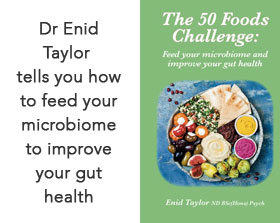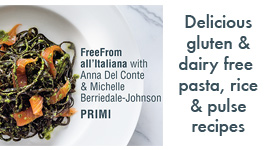Research from the IFR in Norwich and the Medical University of Vienna suggests that the closer an animal is to a human in the evolutionary development of its proteins, the less likely it is to cause an allergy.
Thus mare’s milk is tolerated by more humans that cow’s milk because the proteins in horse milk are 66% identical to human milk whereas those in cow’s and goat’s milk are all less than 53% identical.
‘Overall’, said Dr Clare Mills of the IFR, ‘we found that only an animal protein that is less than 54% identical to a human equivalent could become allergenic.’
For the first time the researchers found that the majority of animal food allergens could be classified into one of three protein families. Tropomyosins are the most important family.
‘Tropomyosins, found in muscle tissue of mammals, fish and birds are at least 90% identical to at least one human tropomyosin and none have been reported to be allergenic. In contrast, the allergenic tropomyosins are all from invertebrates such as insects, crustaceans and nematodes and at most are only 55% identical to the closest human homologue’, said Dr Heimo Breiteneder of the Medical University of Vienna.
EF-hand allergenic proteins in birds and mammals are not allergenic, while those in frogs and fish can cause allergy. The third animal food allergen family, caseins, are all mammalian proteins from milk. ‘Animal food proteins lie at the limits of the capability of the human immune system to discriminate between foreign and self proteins’, said Dr Mills. ‘Immune responses to the invertebrate tropomyosins, for example, run close to an autoimmune response and this needs to be considered when developing allergy therapies.’
Evolutionary distance from human homologues reflects allergenicity of animal food proteins. John A. Jenkins, Heimo Breiteneder, E. N. Clare Mills. Journal of Allergy and Clinical Immunology. October 2007.
First published in December 2007
More research reports on causes of allergy
Top of page
|










